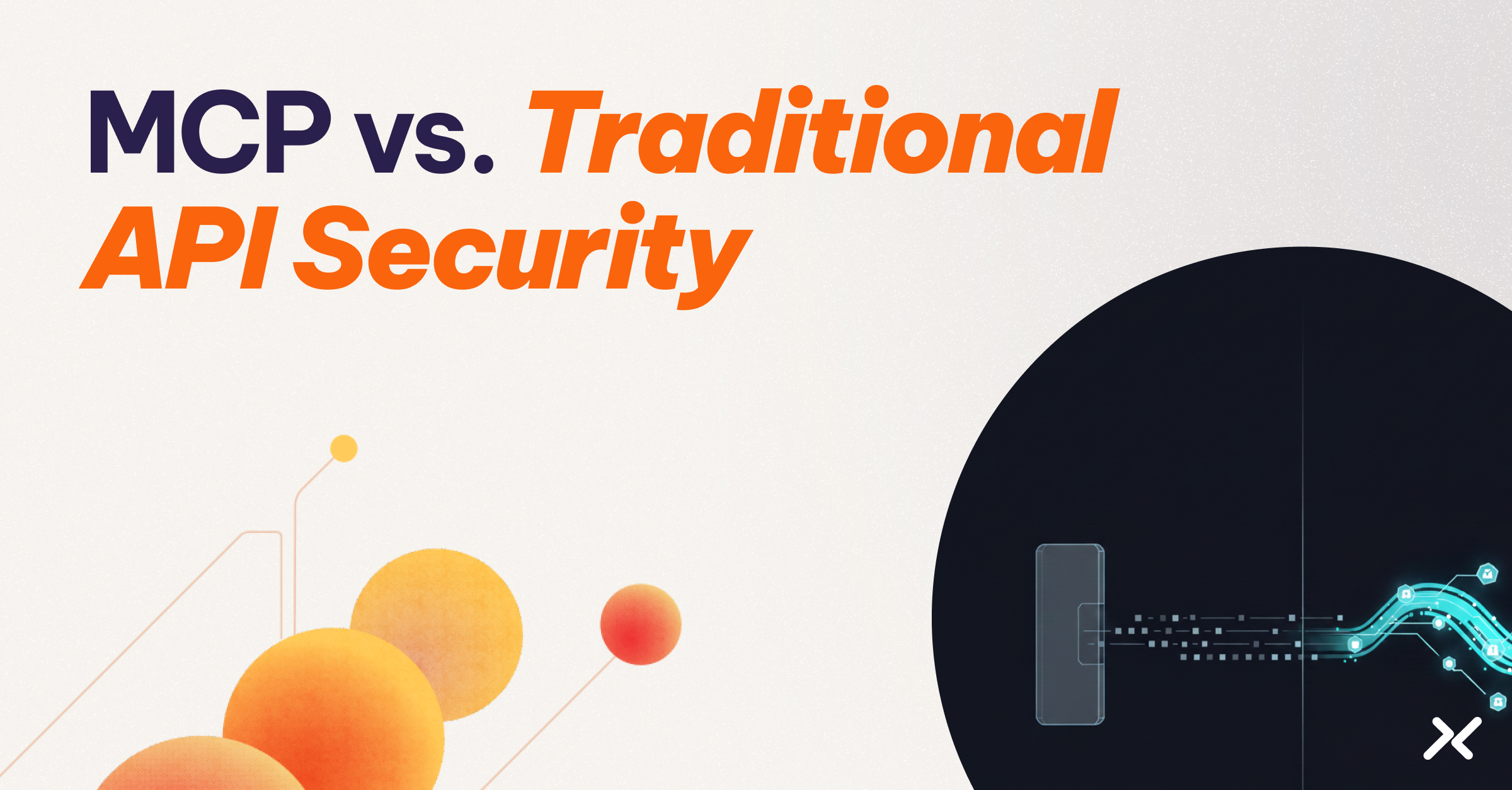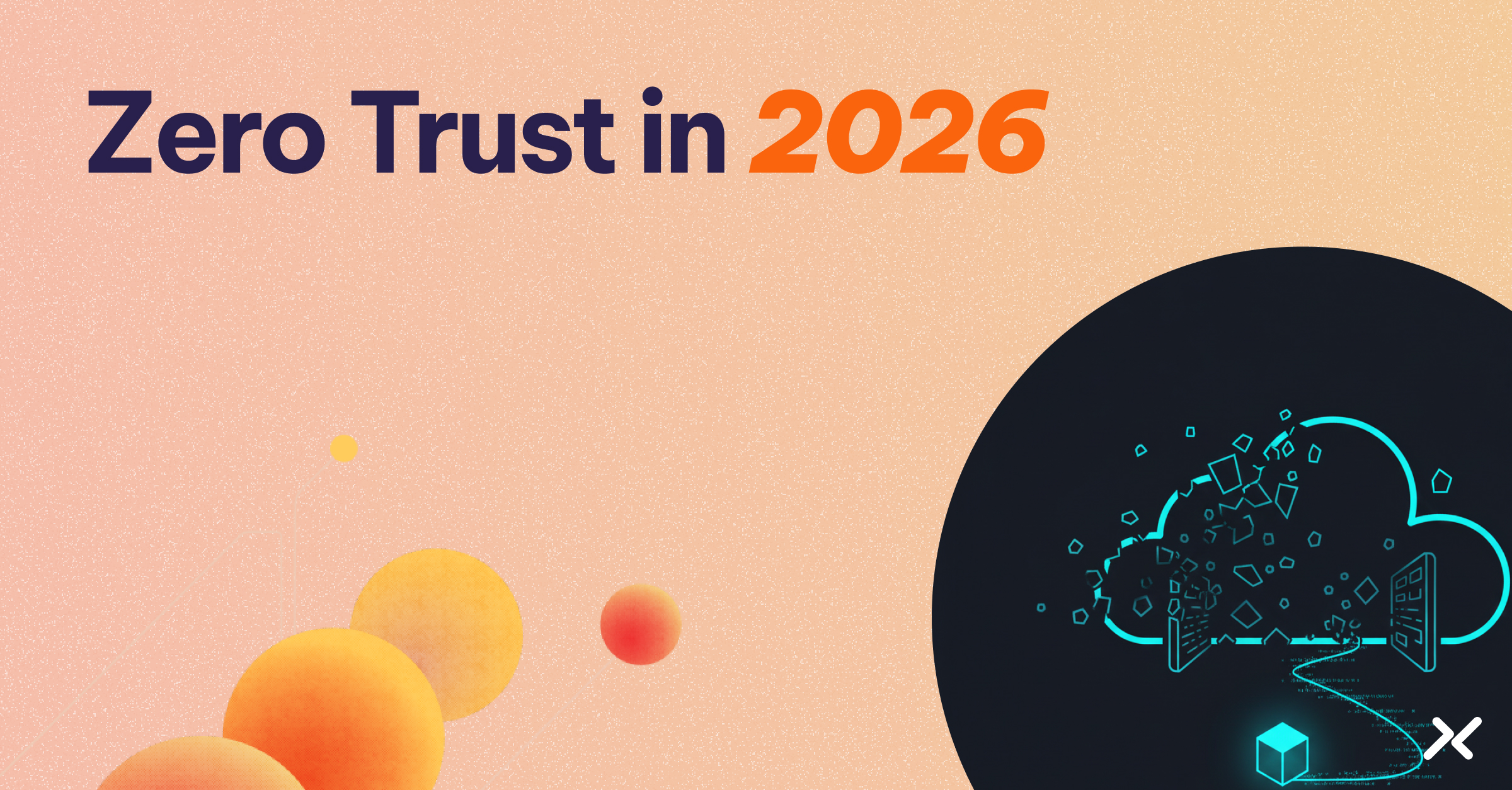Many organizations have successfully modernized human identity management, but service-to-service access remains fragmented, inconsistent, and risky.
As workloads, such as applications, services, agents, scripts, and processes, become essential in cloud-native, multi-cloud, and hybrid environments, managing their identity and access across the full lifecycle becomes critical for maintaining security and operational integrity.
However, the handling of non-human identities remains outdated and fragmented, undermining both security and efficiency. Authentication and authorization mechanisms vary wildly across clouds and SaaS platforms, from usernames and passwords to API keys, tokens, certificates, PATs, OIDC, and JWTs. This inconsistency makes it difficult to enforce unified policies or manage identities at scale.
Outdated practices like hardcoded credentials and poorly managed service accounts continue to dominate, often without sufficient oversight or governance.
This fragmented approach creates inefficiencies and exposes organizations to risks such as credential exposure, over-permissioned access, and audit failures. Gartner’s research confirms that machine IAM maturity still lags behind human IAM, leading to compliance gaps and wasted resources.
To address these challenges, security and platform teams must transition to a unified, policy-driven workload IAM model.
The Problem with Legacy Machine IAM
With machine identity and access management (workload IAM) stuck in a fragmented, legacy state, there is a long tail of security and operational challenges that most teams can’t afford to ignore.
Fragmented Processes and Inefficient Management
Machine identities and credentials are often handled inconsistently across teams, environments, and pipelines.
Each cloud provider, toolchain, or DevOps team might rely on different methods, none of which scale. The result: identity sprawl, duplicated work, and a disjointed set of controls that leave security teams without centralized oversight.
This fragmentation undermines governance, introduces security gaps, and creates unnecessary complexity when managing access across large-scale environments.
Static Credentials and Overpermissive Access Expose Vulnerabilities
Legacy IAM models still rely heavily on static credentials, long-lived API keys, passwords, and certificates that are embedded in code or manually distributed. These credentials are frequently overprivileged and rarely rotated, making them ideal targets for attackers.
Service accounts often compound the issue. Without fine-grained permissions, they violate the principle of least privilege by granting broad access to multiple workloads or environments. These accounts are difficult to track, audit, and update, especially in dynamic infrastructure.
Limited Observability and Auditability Hinder Compliance
Without centralized monitoring or tooling, security teams are left guessing how workloads authenticate and which credentials are active.
Disconnected IAM systems and fragmented logs make it difficult to track access decisions or determine when a credential was misused. The fact that service account credentials can be easily reused across any number of applications makes it nearly impossible to know with certainty which client workloads executed a specific activity.
This lack of visibility creates major hurdles for compliance. Organizations struggle to produce accurate audit trails, assess policy enforcement, or respond quickly to incidents.
In the absence of observability, even well-designed IAM policies can fail silently.
Migrating to Modern Workload IAM: Building a Resilient Future
A successful migration from fragmented, legacy practices to a unified, policy-driven workload IAM model requires more than just swapping tools.
It demands clear ownership, strategic planning, and platform support that empowers both developers and security teams.
1. Establish Governance Across Teams
Modern workload IAM starts with collaboration. Security, DevOps, platform, and application teams must work together to define ownership, agree on standards, and implement shared controls.
Form a cross-functional working group to:
- Clarify responsibility for workload identity lifecycle management
- Define policy enforcement models and fallback scenarios
- Align on logging, monitoring, and escalation procedures
This collective ownership helps ensure IAM practices are applied consistently across business units and development workflows.
2. Implement Dynamic, Ephemeral Credentials
Static, long-lived credentials are inherently risky. To reduce exposure and align with least-privilege principles, organizations must adopt short-lived, runtime-issued credentials.
This approach minimizes the blast radius of compromised secrets and supports zero-standing privilege, where access is granted only when needed and automatically revoked after use.
Runtime credential issuance can take many forms, including:
- Time-bound tokens or certificates
- Just-in-time access models
- Temporary identities tied to workload metadata or execution context
These strategies drastically reduce the likelihood of credential reuse or abuse.
3. Make Identity Effortless for Developers
Developers shouldn’t need to become IAM experts to ship secure applications. The more friction they face in integrating with identity systems, the more likely they are to bypass controls altogether.
Choose platforms that offer:
- Self-service onboarding for new workloads
- Clear documentation with practical examples
- Prebuilt integrations for common frameworks and CI/CD systems
By abstracting credential management and enforcing policies at the platform layer, security becomes a default, not a burden.
4. Integrate IAM into DevOps Pipelines
To ensure identity is treated as a first-class citizen, organizations should embed IAM controls directly into CI/CD pipelines.
This includes:
- Automating credential issuance and revocation during deployment
- Enforcing policy checks before workloads are promoted to production
- Auditing identity usage as part of the release process
With IAM integrated into delivery workflows, security becomes part of the deployment lifecycle, not a separate, manual gate.
Enhancing Security Posture with Observability
Modern workload IAM helps gain real-time insight into how access actually works across your environment. This observability ensures that IAM systems aren’t black boxes, and that teams understand what’s happening, ensure that policies are working as intended, and respond quickly when things go wrong.
Why Observability Matters in Workload IAM
Without visibility into workload authentication flows, organizations are essentially blind. They can’t track which credentials are in use, which services are calling what, or whether least-privilege principles are actually being enforced. This makes it hard to detect misconfigurations, respond to security events, or pass compliance audits.
Effective observability allows teams to:
- Track every access event, including the identity, timestamp, resource, policy decision, and outcome
- Investigate access issues with context, understanding who accessed what, when, and under which policy
- Support policy reviews and audits, by providing the evidence needed to evaluate and verify access decisions
With a strong observability layer, IAM becomes a source of truth and a key part of the security monitoring stack.
Best Practices for Observability and Posture Management
To make IAM observable without adding unnecessary overhead, organizations should adopt a few core practices:
- Log every access attempt, successful or denied.
- Capture metadata like the workload identity, target resource, timestamp, and outcome. This creates a complete trail that can be used for incident response and audit readiness.
- Audit policy decisions, not just outcomes. Go beyond “allow/deny” to include why a request was allowed or blocked: identity attributes, environmental context, policy version, and enforcement logic.
- Establish shared visibility across teams. Use role-based dashboards that surface relevant information to each function (e.g., security teams, platform teams, developers) without overwhelming anyone with noise.
- Integrate IAM telemetry into your observability stack. Forward logs to your SIEM, APM, or other central monitoring platforms. This lets you correlate identity activity with system behavior, performance issues, or potential incidents.
- Use access patterns to refine policies over time. Regularly review usage data to identify overly broad permissions, unused access, or repeated denials. Use this feedback loop to enforce least privilege without slowing down development.
These practices let teams build a posture management model that’s proactive, data-driven, and sustainable, even as infrastructure and team structures evolve.
Continuous Improvement as a Security Imperative
IAM is not a one-and-done effort. Infrastructure changes.
Team structures shift. New threats emerge. A mature workload IAM strategy accounts for this by baking continuous improvement into day-to-day operations.
By embedding observability and posture management into the routine, organizations can:
- Proactively identify and remediate risks: Spot misconfigurations, unnecessary privileges, and suspicious activity before they result in incidents.
- Demonstrate compliance on demand: Use detailed logs and policy data to pass audits and validate least-privilege enforcement.
- Empower teams to innovate securely: Ensure that every workload-to-service interaction is governed, monitored, and auditable — without introducing delays or friction.
Empowering Developers: Why Guidance, Tooling, and Ownership Matter
The challenges with fragmented machine IAM directly impact developers.
Without clear guidance or secure defaults, developers are forced to improvise. The result is insecure shortcuts, duplicated effort, and operational drag.
Common issues include:
- Reusing hardcoded credentials across environments
- Relying on shared service accounts with broad access
- Bypassing rotation policies to avoid pipeline breakages
- Manually implementing custom authentication logic
These practices introduce risk at scale. When developers face unclear expectations or delayed approvals, they choose speed over security. Without standardized frameworks or self-service tooling, they may reinvent the wheel with inconsistent and risky outcomes.
IAM platforms must account for this reality by minimizing friction and guiding developers toward safe defaults.
Making Secure Access Invisible to Developers
The best developer experience is often the one that requires no action at all. Platforms like Aembit abstract identity management away from application logic entirely by injecting workload identity at the infrastructure layer using transparent proxies. This eliminates the need for:
- Hardcoded secrets
- Custom auth libraries
- Manual credential rotation
- IAM-specific logic in application code
By handling identity as part of the environment, these platforms let developers focus on writing business logic, not managing access.
Where proxy-based deployment isn’t feasible, teams should still support developers with:
- Clear guidance and secure defaults: Provide templates, environment-specific examples, and step-by-step onboarding for common use cases.
- Ownership and accountability: Map workload identities to specific teams or services. Ensure every access path is traceable and can be updated as team structures evolve.
- CI/CD integrations: Automate credential issuance, rotation, and enforcement as part of the deployment pipeline when transparent proxies aren’t possible.
Whenever possible, aim for a model where secure access “just works,” without custom code, token handling, or extra developer effort.
The Path Forward
Using a modern workload IAM isn’t a tooling decision. It’s a strategic initiative that touches every part of your software delivery lifecycle. Security, DevOps, platform, and application teams must collaborate to:
- Define ownership and policy enforcement boundaries
- Eliminate static credentials and overprivileged service accounts
- Embed identity into DevOps workflows and runtime environments
- Continuously observe, audit, and refine access controls
The result is a secure, scalable foundation for workload-to-service access, one that supports innovation without compromising security, compliance, or operational efficiency.
By embracing a modern, policy-driven IAM approach, organizations can finally close the machine identity gap, and unlock the same maturity, visibility, and resilience they’ve come to expect from human IAM.





